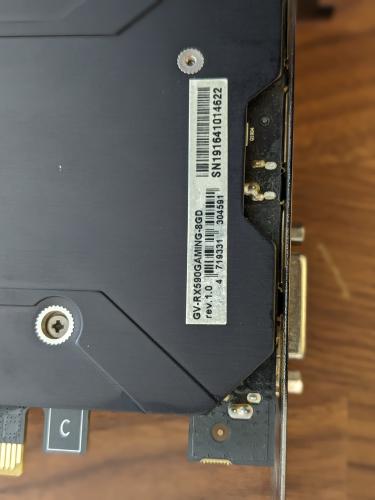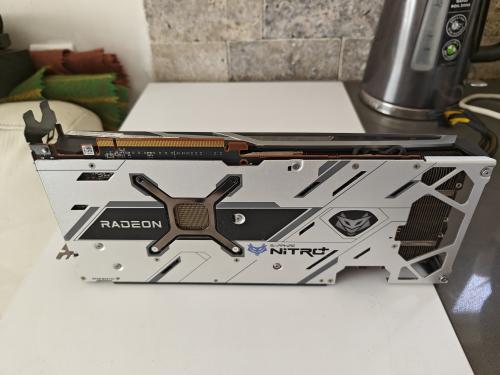הקומבינציה העדיפה למעבד + לוח אם?
-
מודעות יד-2 חדשות מהטריידזון
-
דיונים חדשים
-
- 0 תגובות
- 9 צפיות
-
מחשב נייח למשחקים ו-Live Streaming ב-YouTube ב-4K ב-8,000 ש"ח
על-ידי liorbm, ב ייעוץ לפני רכישת מחשב
- 0 תגובות
- 298 צפיות
-
- 0 תגובות
- 21 צפיות
-
השבב של אילון מאסק לא מפסיק להדהים: המושתל האנושי הראשון הצליח לצייץ בכוח המחשבה (עדכון: ולהחזיר ראייה לקוף עיוור)
על-ידי Milford Cubicle, ב מדע וטכנולוגיה
- 2 תגובות
- 34 צפיות
-
אינטל בקרב ישיר מול NVIDIA גם בתחום ה-AI: משיקה את מאיץ הבינה המלאכותית החדש Gaudi 3
על-ידי Milford Cubicle, ב מדע וטכנולוגיה
- 0 תגובות
- 22 צפיות
-

















Recommended Posts
הצטרפ/י לדיון
בשלב זה תוכל/י להצטרף לדיון, ולאחר מכן להצטרף לקהילה שלנו. אם כבר יש לך חשבון אצלנו, אנא התחבר/י עכשיו על מנת להגיב תחת שם המשתמש שלך.
לתשומת לבך: התגובה תופיע לגולשים לאחר אישור של צוות הנהלת הפורומים.